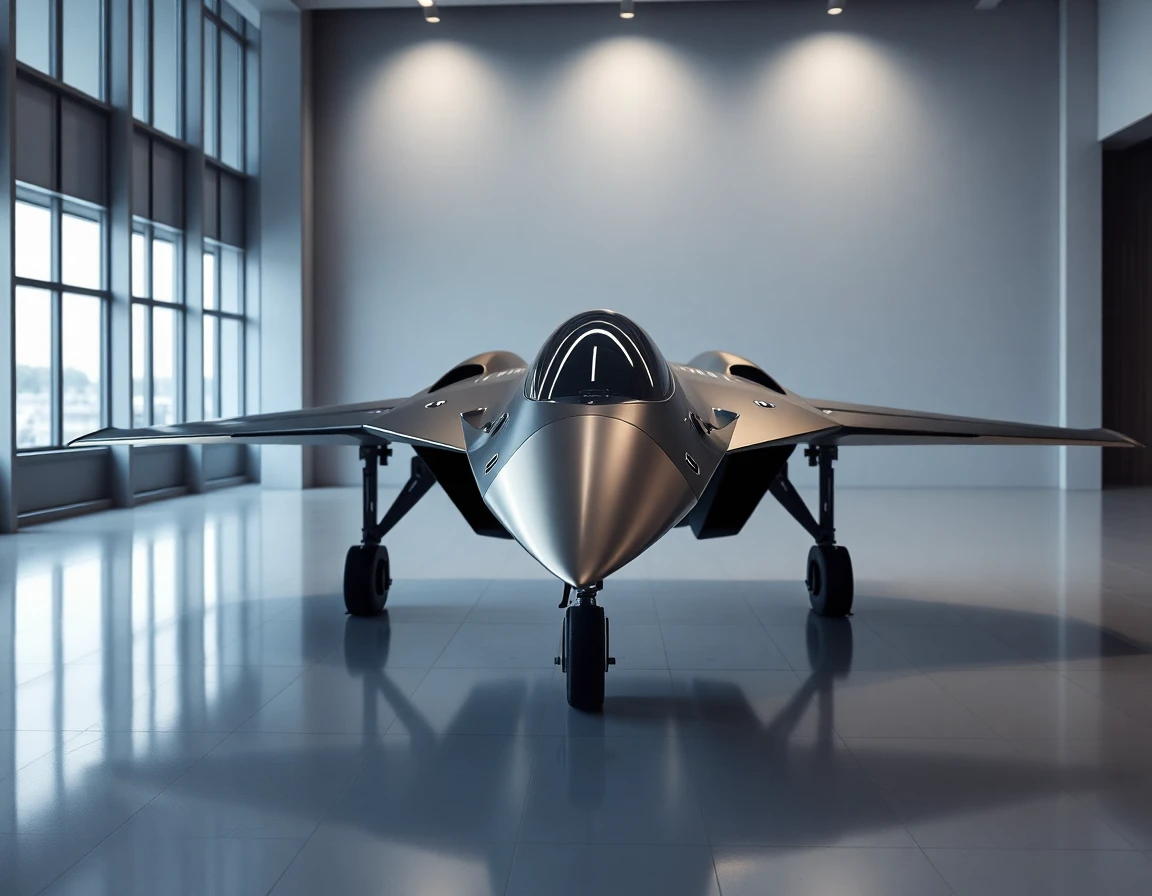The Future of Defense: Advancements in Hypersonic Technology
In recent years, hypersonic technology has emerged as a game-changer in the aerospace and defense sectors. Capable of traveling at speeds exceeding Mach 5, hypersonic vehicles present both significant opportunities and challenges. This article explores the latest developments in hypersonic technology, its integration into modern defense systems, and the potential impacts on global security.
Understanding Hypersonic Technology
Hypersonic technology refers to the ability to travel at speeds greater than five times the speed of sound. This technology encompasses various systems, including hypersonic glide vehicles (HGVs) and hypersonic cruise missiles. The uniqueness of these systems lies not only in their speed but also in their maneuverability, which enables them to evade traditional missile defense systems.
According to Dr. Emily Carter, an aerospace engineer and hypersonic technology expert, “The ability to fly at hypersonic speeds allows for rapid response capabilities that traditional systems simply cannot match. This is a paradigm shift in how we think about defense and deterrence.”
Recent Developments in Hypersonic Systems
Countries around the globe are investing heavily in hypersonic technology. For instance, the United States has been actively developing its hypersonic capabilities through various programs, including the Air Force’s Advanced Hypersonic Weapon and the Army’s Long Range Hypersonic Weapon. These systems are designed to penetrate advanced enemy defenses and strike targets with unprecedented speed and precision.
Simultaneously, nations like Russia and China have also made significant strides in hypersonic systems. Russia’s Avangard and China’s DF-ZF are operational hypersonic glide vehicles that have been successfully tested, demonstrating the urgency for the U.S. to maintain its competitive edge.
The Role of Radar Systems in Hypersonic Defense
As hypersonic technologies advance, traditional radar systems face challenges in detecting and tracking these fast-moving targets. The limitations of existing radar systems make it imperative for defense contractors to develop next-generation radar capabilities. This evolution is critical for national security, as hypersonic weapons could potentially bypass current defense mechanisms.
Dr. Michael Thompson, a defense analyst at the Institute for Advanced Defense Studies, emphasizes, “We need to invest in advanced radar systems that can detect objects traveling at hypersonic speeds. Without this capability, even the most advanced defense systems will be rendered ineffective.”
Integration of Hypersonic Technology in Defense Systems
The integration of hypersonic technology into defense systems is already underway. For example, the U.S. Navy is exploring the use of hypersonic missiles on its fleet of ships. These weapons could provide naval forces with enhanced strike capabilities, allowing them to engage targets at great distances with little warning.
Additionally, hypersonic systems require high-precision navigation capabilities to ensure accuracy during flight. The high-precision navigation system plays a pivotal role in the successful deployment of these advanced weapons. Such systems utilize fiber optic sensing coils that ensure stability and precision during the high-speed trajectory of hypersonic vehicles.
Potential Impacts and Future Developments
The rise of hypersonic technology could redefine military engagement strategies. With speeds that allow for rapid strikes, the concept of deterrence may evolve, leading to a new arms race as nations seek to develop their hypersonic capabilities.
Experts warn that this could destabilize global security dynamics. “The introduction of hypersonic weapons could lead to miscalculations in conflict scenarios, as nations may feel compelled to act quickly to counter perceived threats,” warns Dr. Sarah Lee, a global security expert.
Future developments in hypersonic technology could also pave the way for new applications beyond military use. Potential benefits include advancements in civilian aerospace travel, where hypersonic flight could reduce travel times across continents.
Conclusion
Hypersonic technology is at the forefront of a new era in defense systems. As nations race to develop and deploy these capabilities, the implications for global security are profound. The integration of sophisticated hypersonic systems, along with the necessary radar advancements, will be crucial in shaping the future landscape of warfare and defense strategies. Continuous investment and innovation in this field are essential for maintaining strategic parity and ensuring national security in an increasingly complex world.
As Dr. Carter aptly concludes, “The pace of change in hypersonic technology is unprecedented. Our approach to defense must evolve just as rapidly to meet the new challenges it presents.”



